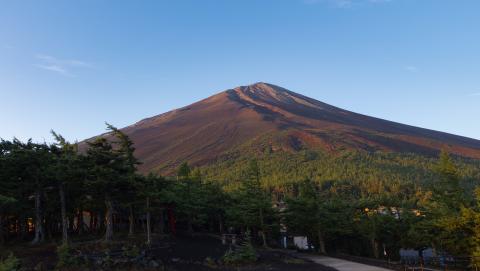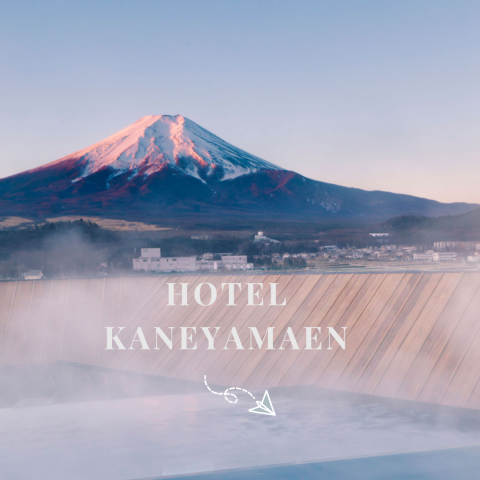Main content starts here.
Located in Hokuto City, Yamanashi, the town of Kobuchizawa is blessed with an abundance of nature. It has also become the first in the world to have an entire art museum dedicated to displaying the work of Keith Haring. The museum's name is the "Nakamura Keith Haring Collection."


▲Nakamura Keith Haring Collection (museum)
Keith Haring has often been praised as the man who defined American art in the 1980s, as well as being a pioneer of street art. He uses New York subway billboards from the 80s as the canvas for his graffiti art. His art shows a new side of the industry that is often monopolized by the rich, and embodies the message that “art is for everybody.” Haring, over the course of five years, covered the subways of New York with his art.

▲Image rights belong to Keith Haring Foundation and Nakamura Keith Haring Collection©
Economic recession, racial discrimination, and the increase in the spread of AIDS were just a few of many issues that threw the 80s in New York into utter chaos. And yet it was also a time where America’s museums of modern art were on the rise. Through the light and dark sides of the nation as his inspiration, Haring gave birth to a new generation of art.



▲Image rights belong to Keith Haring Foundation and Nakamura Keith Haring Collection©
Through his art, Haring openly displayed ideas such as breaking free from the shackles of society, as well the beauty of freedom and equality. Then, in the latter half of the 1980s, Haring began production works not only in the US but also across the entire world. On a larger scale, he also held multiple workshops for children and contributed to a variety of other social activism projects.
In 1988, he was infected with HIV, and in 1990, at the young age of 31, Keith Haring passed away. However, until his very last moment, Haring continued his involvement in social activism with his art.

▲Image rights belong to Keith Haring Foundation and Nakamura Keith Haring Collection©
In 2019, the Nakamura Haring Collection held a temporary exhibit, entitled "VIRAL." The exhibit introduced the work of another artist based in Brooklyn, New York by the name of Enrico Isamu Oyama.


▲Image rights belong to Enrico Isamu Oyama©
Oyama’s art utilizes an abstract motif called "quick-turn structure" (QTS). QTS removes letters from words, extracts only the flowing lines, and then duplicates them to maximize their dynamism.
Oyama, who is half-Japanese, half-Italian, was born and raised in Tokyo. He focuses on the same genre of street art as Haring did, but major differences can be seen between their works. Perhaps it is because Oyama uses charcoal as a medium, evoking the delicacy of traditional ink paintings.
In contrast, Haring used the light and dark of society as context for his art, and managed to express dark themes with bright colors.
Each person sees and feels art differently.
There are concepts that thoughts and words cannot express, but can be conveyed through art. I think that is something that those who view art know and can relate to very well.
At the museum, there is also a wonderful cafe and Haring-inspired goods for sale that you should check out. The inside of the café is a great place for photos. Our snapshot looked like something straight out of an album cover!

▲Nakamura Keith Haring Collection (cafe)
More Info
Nakamura Keith Haring Collection (museum) website:
http://www.nakamura-haring.com/
Information on current exhibits:
http://www.nakamura-haring.com/exhibition/
Published on
- April 14, 2022
Share
-

Fuji Subaru Line 5th Station & Mt. Fuji Travel Guide
March 3, 2025
Home of Mt. Fuji > Staff Journal > Nakamura Keith Haring Collection

